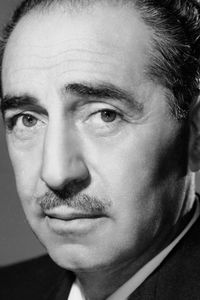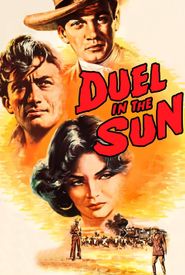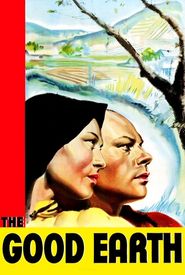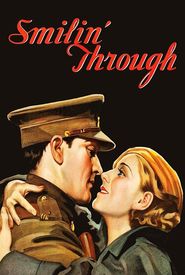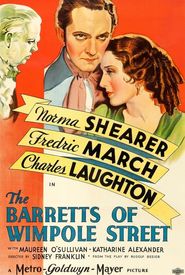Sidney Franklin's journey in filmmaking began during his school days, where he was involved in amateur filmmaking with his brother Chester M. Franklin. Together, they wrote, directed, and edited a short film called "The Baby" in 1915, which surprisingly caught the attention of D.W. Griffith, leading to the brothers being hired by the Triangle Film Corporation to create children's films.
After three years, the brothers parted ways, and Sidney went on to establish a successful career, making a name for himself with films like "Smilin' Through" in 1922. He had the privilege of directing some of the greatest female stars of the silent era, including Norma Talmadge, Mary Pickford, and Greta Garbo.
In 1926, Sidney joined MGM, where he remained affiliated with the studio until his departure in 1958. He was considered a "literate" filmmaker, known for bringing classics to the big screen. His best works include the Noël Coward adaptation of "Private Lives" in 1931, "Reunion in Vienna" in 1933, "The Barretts of Wimpole Street" in 1934, and "The Good Earth" in 1937, all of which were lavishly produced as A-grade features with A-grade budgets.
From 1939, Sidney spent most of his time as a producer, focusing on prestigious films with a strong inclination towards sentimental melodrama. His biggest box-office hits include "Waterloo Bridge" in 1940, "Random Harvest" in 1942, "Madame Curie" in 1943, "The White Cliffs of Dover" in 1944, and "Mrs. Miniver" in 1942, which surprisingly became the most popular picture of the year and earned Sidney the Irving Thalberg Memorial Award in 1943 for "consistent high quality of production and achievement".
